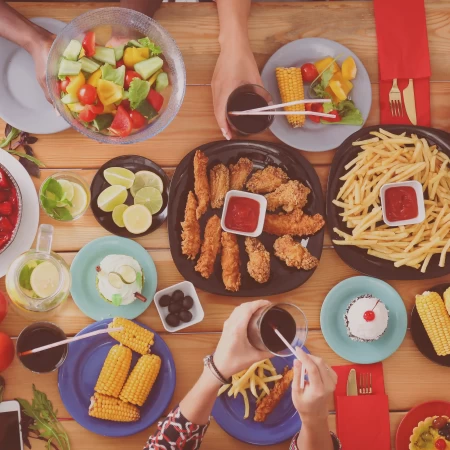
 Tiffany I February 13, 2024
Tiffany I February 13, 2024

Grammar: Students will learn and practice comparative adjectives to compare restaurants, food, and dining experiences. They will focus on forming sentences that use comparative forms to discuss differences in quality, quantity, price, and other aspects of dining out.
Speaking: Students will engage in discussions about their dining preferences, experiences, and opinions on various types of food and restaurants. They will use comparative adjectives to express their preferences and describe different dining environments and food qualities.
Vocabulary: The lesson introduces vocabulary related to dining out, including terms for different types of meals (e.g., appetizer, dessert), dining utensils (e.g., fork, knife), and adjectives to describe food and restaurant experiences (e.g., spicy, expensive, crowded).
Homework: Exercises are designed to reinforce the lesson's focus on comparative adjectives and vocabulary related to dining out. Students will complete sentences with correct comparative forms, choose the right options to describe dining situations, and correct sentences with comparative adjective mistakes. They will also be encouraged to compare their dining experiences and preferences, applying the grammatical structures and vocabulary learned during the lesson.